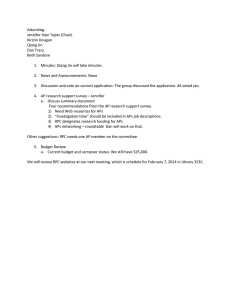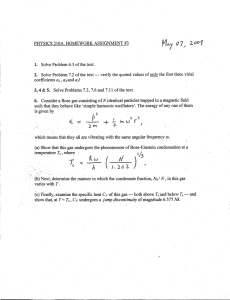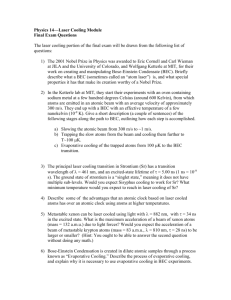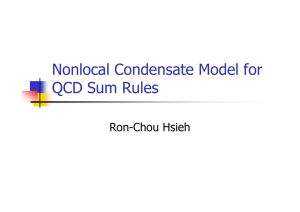Document 10390072
advertisement
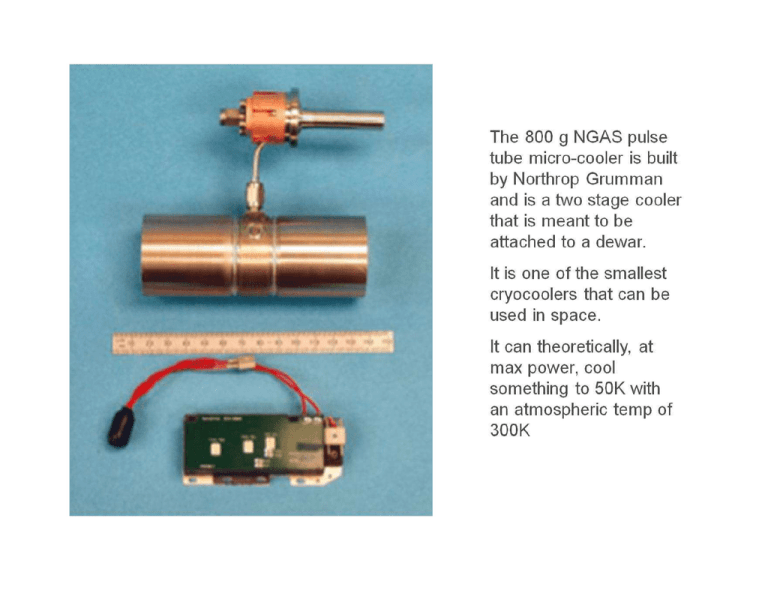
Record Low Temperature Sept 12, 2003 – Wolfgang Ketterle and his colleagues at MIT were able to reach a record low temperature of 450 pK. An image of the cooling chamber can be seen to the right. Source http://physicsworld.com/cws/article/news/1821 4 *The freezing of Philip J. Fry also deserves an honorable mention (occurring approximately a few seconds before the year 2000). Cryogenic Technology Could be Used to Help Solve Peak Power Demands •August 11, 2010- Researchers at the University of Leeds in the U.K. and the Chinese Academy of Sciences are proposing a system for meeting peak power demands by storing excess energy in the form of liquid nitrogen and oxygen. •Since demand for power varies throughout each day, power companies have to make sure they can meet the peak demand, and consequently produce more energy than necessary at off-peak hours. This proposed method uses the excess energy to cool the nitrogen and oxygen, and then uses warmth from the environment and waste heat from the power plant to boil the liquid, driving a turbine, and producing more energy when it is needed. Article and image source: http://www.popsci.com/science/article/2010-08/cryogen-tanks-couldhelp-power-plants-meet-peak-energy-demand Sr Bose-Einstein Condensation has been achieved In November 2009, two research group from the Universitat Innsbruck in Austria and Rice University in Texas, US , first realized BEC of Sr which has two valence atom at 2.5 µK by advanced laser-cooled techniques. This is a significant achievement in the blossoming fields of precision frequency metrology, quantum information and ultracold chemistry. Figure: The mass scaling of the well-known scattering length of 88-Sr predicts the feasibility of evaporative cooling of 84-Sr. For the 84-Sr isotope, the important step of evaporative cooling is effective at creating a large BEC. Source: http://physics.aps.org/articles/v2/94 http://physics.aps.org/pdf/10.1103/PhysRevLett.103.200401.pdf http://physics.aps.org/pdf/10.1103/PhysRevLett.103.200402.pdf Figure: http://physics.aps.org/view_image/3077/medium/1 Sixth State of Matter Found Fermionic Condensate •Found on December 16, 2003 by Deborah Jin by using 500000 Potassium-40 atoms cooled to 5*10-8K and with a time varying magnetic field applied. •Similar to Bose-Einstein Condensates but instead of bosons going to a single energy state fermions are used (Left: Deborah Jin, from University of Colorado, founder of Fermionic Condensate. Right: False color images of condensate formed from pairs of fermion potassium atoms. From left to right shows the strength of attraction of the atoms with the varied magnetic field.) Source Article http://science.nasa.gov/science-news/science-at-nasa/2004/12feb_fermi/ Right Image http://www.colorado.edu/news/releases/2004/images/21.jpg Left Image http://images.iop.org/objects/phw/world/17/3/3/pwpia1_03-04.jpg
